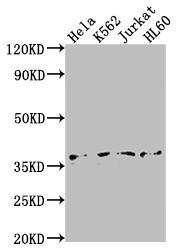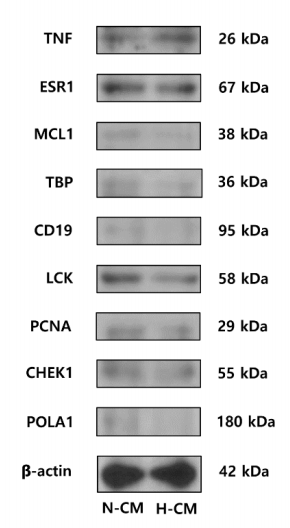The first step in the preparation of recombinant TBP antibody is to obtain the TBP antibody gene. The heavy and light chain genes of the antibody were constructed into a plasma vector and then transfected into suspended mammalian cells transiently. After expression verification, cell supernatant was collected in expanded culture and purified recombinant TBP antibody was obtained using affinity-chromatography. This recombinant TBP antibody has been validated for the detection of TBP protein from Human in the ELISA, WB.
TBP is an important component of the transcription initiation machinery in eukaryotes. TBP is crucial for all archaeal-eukaryotic transcription initiation complexes, and it's the only factor that allows all three eukaryotic and archaeal transcription systems to attain full states of initiation. It attaches to the central promoter and, through interactions with other factors, acts as a nexus for gene regulation. TBP levels have an impact on the transcription of genes involved in the cell cycle. TBP is also involved in the transmission of active gene memory to daughter cells during mitosis.







